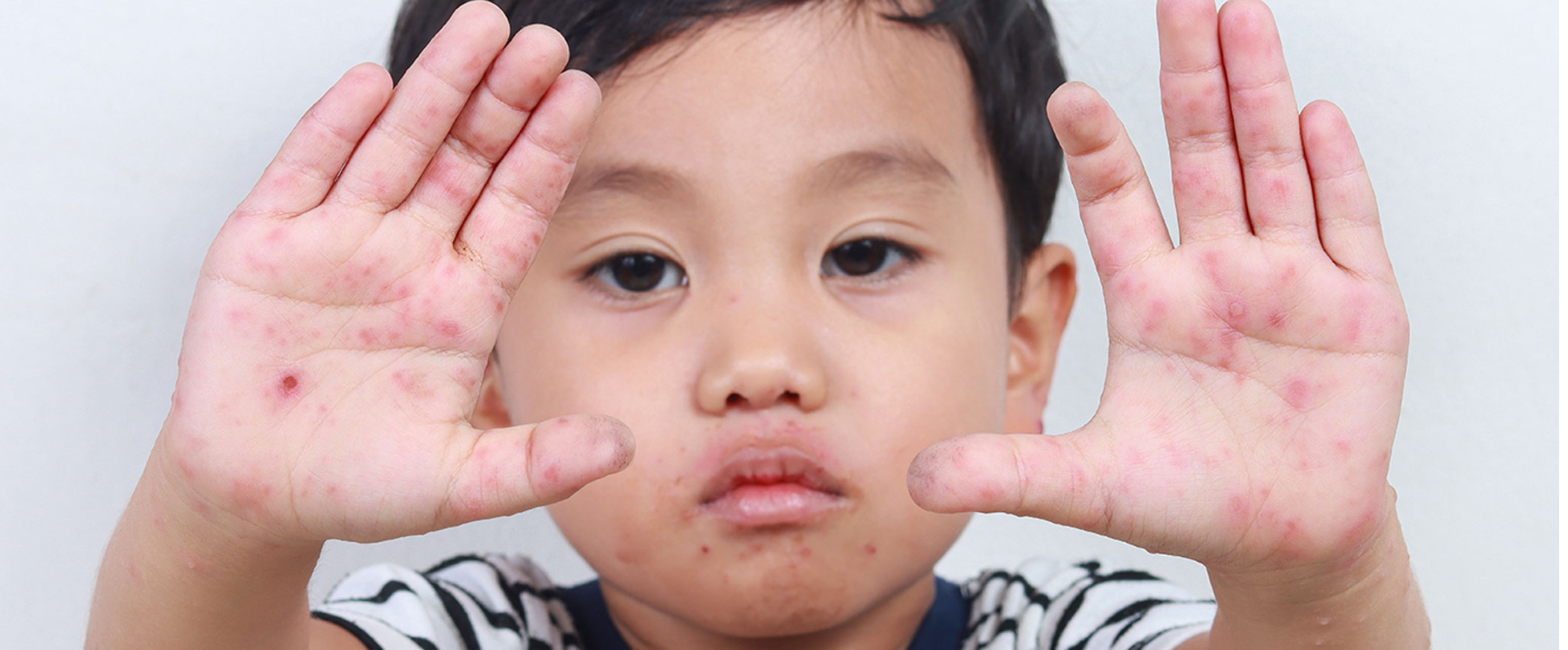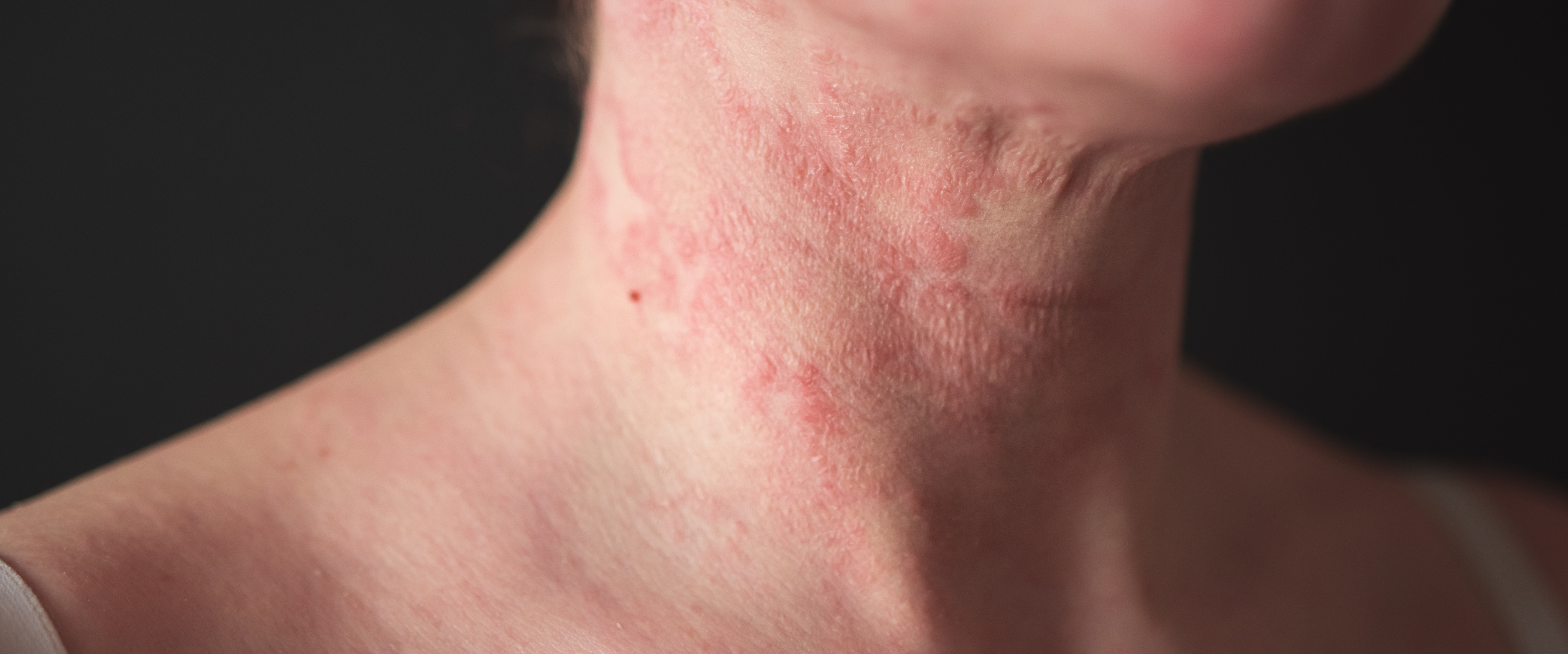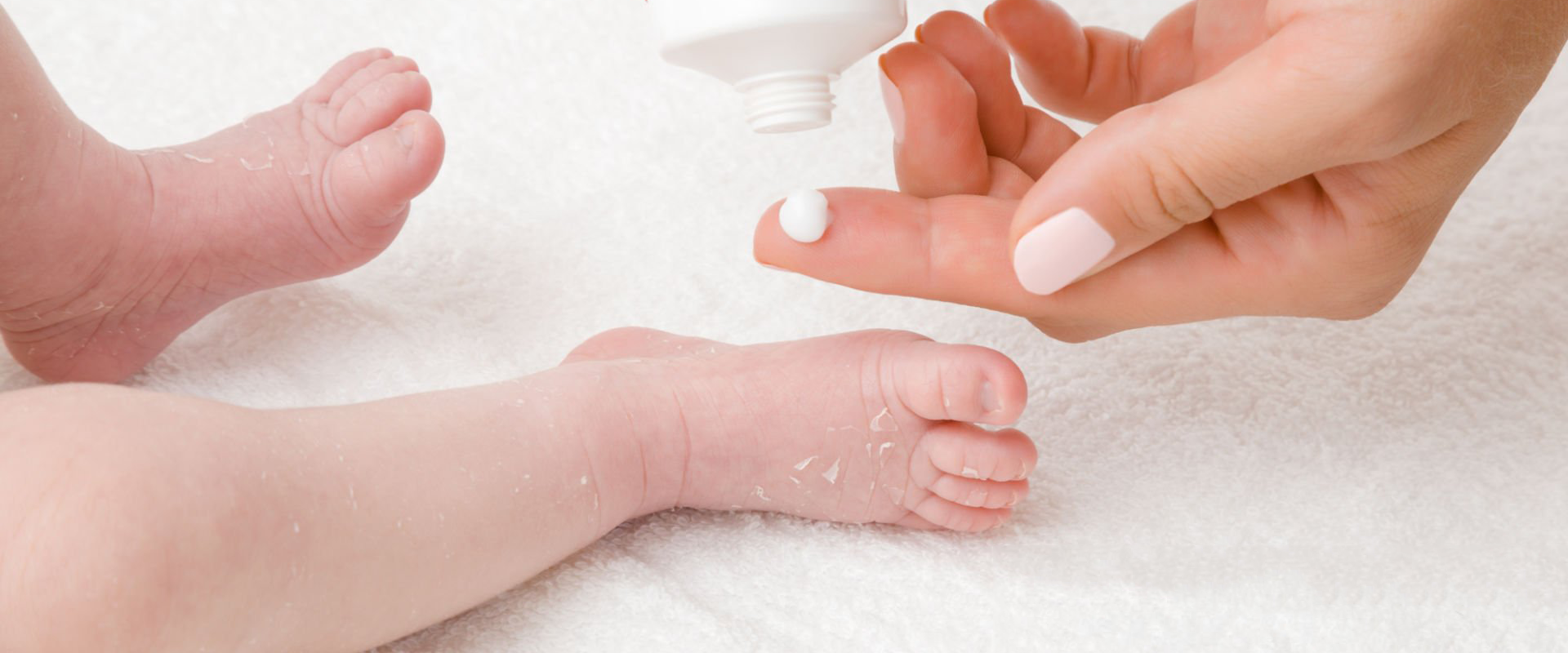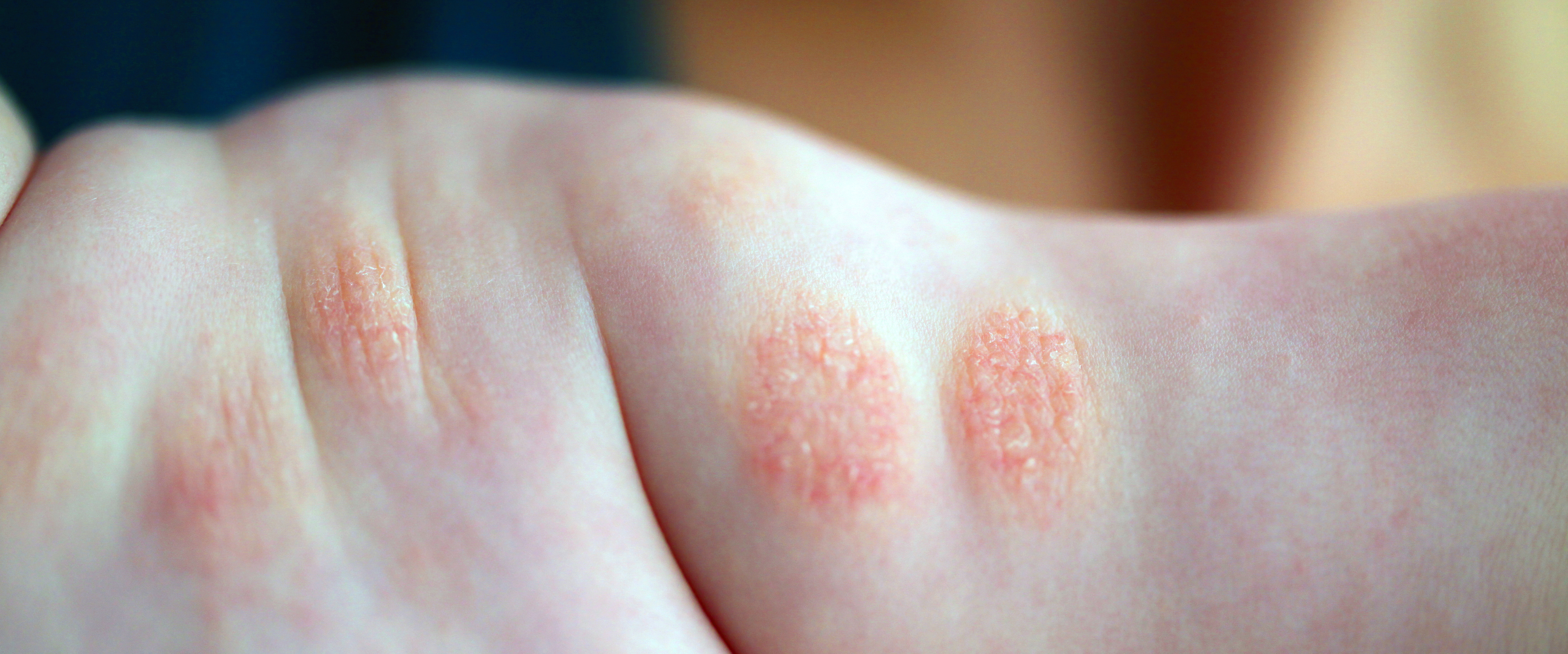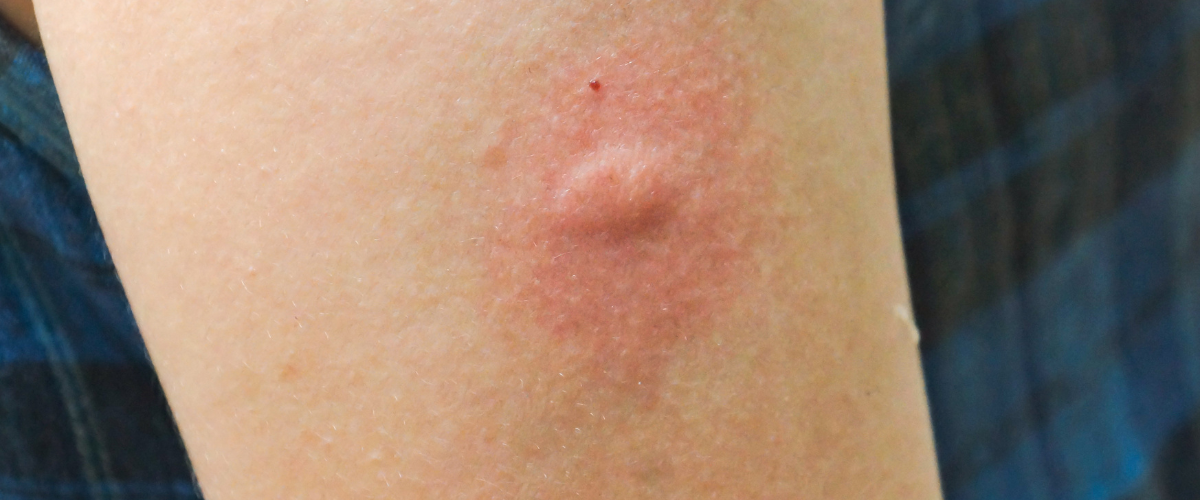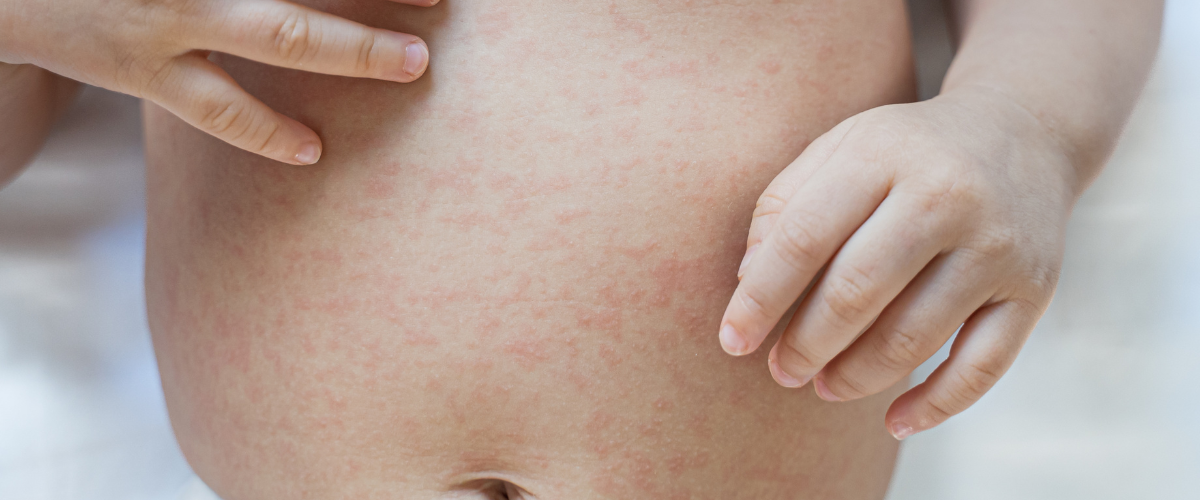
Diaper Rash in Babies: Causes, Treatment and Effective Prevention
Diaper rash is one of the most common skin conditions in infants and toddlers. While not dangerous, it can cause discomfort, redness, and even pain for your baby if not treated properly. In this article, we’ll explore the causes, symptoms, treatment options, and best prevention tips for diaper rash.
1. What Is Diaper Rash?
Diaper rash refers to inflammation of the skin in the diaper area, usually caused by moisture, irritation from stool or urine or friction from diapers. Babies under 2 years old are especially prone, particularly during teething, when experiencing diarrhea or when introducing new foods.
2. Common Causes of Diaper Rash
Several factors can contribute to diaper rash:
-
Prolonged exposure to wet diapers: Excess moisture weakens the skin, making it more vulnerable.
-
Contact with stool and urine: When mixed, these can create ammonia – a harsh skin irritant.
-
Friction from diapers: Tight or ill-fitting diapers can rub against sensitive skin.
-
Yeast or bacterial infections: A warm, moist environment encourages Candida albicans to grow.
-
Irritants in skin care products: Some baby wipes, soaps or detergents may cause reactions.
-
Antibiotics: Antibiotic use (by baby or breastfeeding mother) may disrupt the gut flora and lead to diarrhea, increasing rash risk.
3. Signs and Symptoms of Diaper Rash
-
Redness, swelling or warmth in the diaper area (buttocks, thighs, genitals).
-
Crying or discomfort during diaper changes.
-
In more severe cases, you may notice blisters, sores or oozing lesions.
-
Yeast infections typically appear as deep red patches with defined edges and satellite spots.
4. Home Remedies and Treatment
-
Keep the diaper area clean and dry: Change diapers frequently – ideally every 2–3 hours or immediately after soiling.
-
Gently clean with warm water: Use unscented wipes or just water and a soft cloth.
-
Air time: Allow your baby’s bottom to breathe by giving some diaper-free time daily.
-
Apply a diaper rash cream: Choose creams with zinc oxide or petroleum jelly to protect and soothe the skin.
-
Avoid scented powders or wipes, as they can worsen irritation.
Seek medical attention if:
-
Rash doesn’t improve in 3–4 days
-
There’s fever, pus or spreading redness
-
Your baby seems unusually irritable
5. How to Prevent Diaper Rash
-
Change diapers promptly after urination or bowel movements – 8 to 12 times a day for newborns.
-
Use high-absorbency, breathable diapers that fit well and don’t chafe.
-
Avoid harsh products such as scented detergents, fabric softeners or alcohol-based wipes.
-
Wash your hands before and after diaper changes.
-
Consider using barrier creams regularly even when the skin appears healthy.
6. Choosing the Right Diaper Rash Cream
Look for products that are:
-
Fragrance-free, alcohol-free and hypoallergenic
-
Contain ingredients like zinc oxide, lanolin or panthenol
-
Dermatologically tested and safe for newborns’ delicate skin
Final Thoughts
Diaper rash is common, but manageable with the right care. Understanding the causes and adopting proper hygiene and diapering routines can help your baby stay comfortable and rash-free. Healthy, dry skin is just a few smart habits away!
Sources:
https://www.mayoclinic.org/diseases-conditions/diaper-rash/symptoms-causes/syc-20371636
https://www.healthychildren.org/English/ages-stages/baby/diapers-clothing/Pages/Diaper-Rash.aspx


